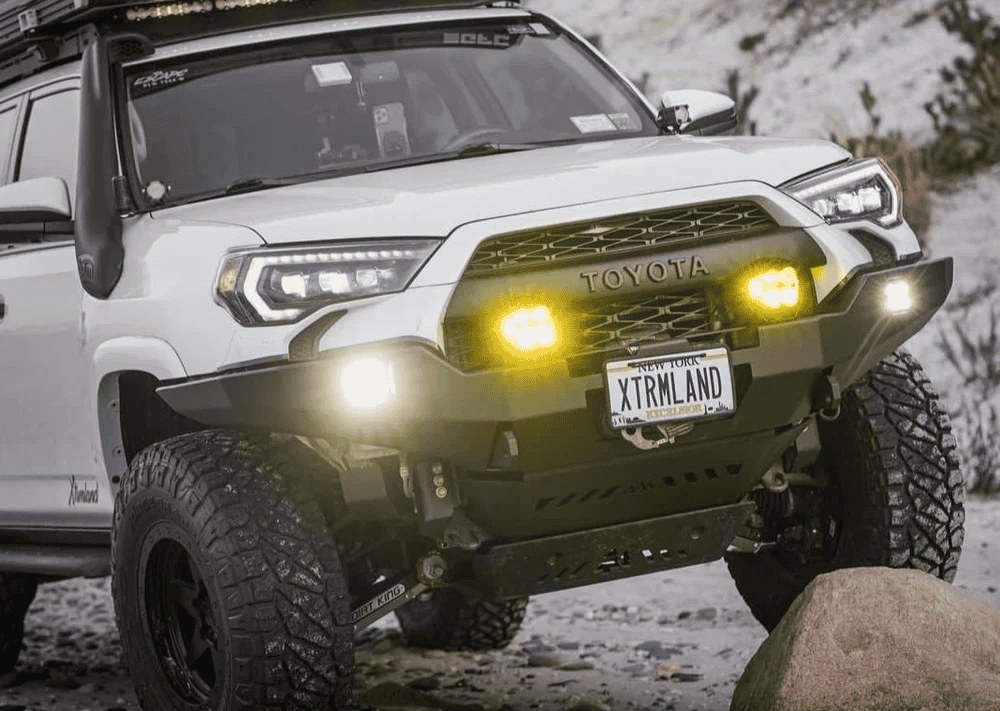Overland Vehicles

A 4x4 overland camper is built to leave the pavement and keep moving when the road ends. It privileges ground clearance, low range gearing, payload, and reliable systems over showfloor luxuries. Where a typical RV shines on hookups, an overland platform focuses on self sufficiency: solar plus alternator charging, sizable freshwater, thoughtful storage, and repairs you can make in the field. The cabin stays compact to preserve departure and approach angles, with armor underbody protection and recovery points considered from day one. Think of it as a mobile base camp with the stamina to cross long washboard tracks and the manners to idle quietly at a high elevation campsite.
Chassis choice drives everything. Body on frame trucks handle twisting trails and payload demands, while unibody vans deliver interior space and easier climate control. True 4x4 with a low range transfer case and locking differentials delivers control on loose climbs and technical descents. Tire selection matters as much as drivetrain: all terrain tread in an appropriate load rating, matched with suspension tuned for weight, protects components and riders. Brakes, cooling, and steering upgrades complete the reliability picture.
Overland living systems are designed for repeated vibration and thermal swings. Power combines roof solar, alternator charging, and a battery bank sized for induction cooking, air conditioning management, and devices. Water storage stays low and centered, with filtration for river refills when appropriate. Ventilation, insulation, and condensation control protect both people and cabinetry. The goal is simple: arrive, deploy in minutes, rest well, roll at first light.
There are three common formats. First, the 4x4 van, which offers a single climate envelope and abundant interior volume. Second, a cab chassis with a composite habitat box, prized for payload and serviceability. Third, a pickup with a slide in unit like a maniac truck camper, which separates living quarters from the cab and keeps the vehicle modular. The best fit depends on payload targets, wheelbase, and where you plan to store bikes, skis, tools, or a moto.
Shoppers exploring maniac rv or a maniac truck based build usually compare service networks, frame strength, and aftermarket support. Evaluate GVWR and rear axle ratings early, then allocate weight to water, battery, gear, and occupants before the first cabinet is drawn. On truck campers, center of gravity alignment to the rear axle is critical. On vans, mind roof weight and side load from awnings or racks to preserve stability in crosswinds.
Layouts that feel open at a dealership can rattle apart on a desert track. Use locking latches, aluminum or hardwood structure where needed, and rounded edges that do not bruise when the trail gets choppy. Galleys near the sliding door improve airflow and cooking ergonomics. Convertible beds save space for a gear garage while fixed beds preserve sanity on longer trips. Everything should stow in seconds.
You will hear a lot of numbers when researching a build, including the often searched maniac caravan price. The honest answer is that price follows payload, materials, and the completeness of your off grid systems. Composite habitat boxes, lithium batteries, and independent suspension on trailers push costs up, while simpler layouts and steel cabinetry control spend. The smart move is to price the base vehicle first, then stage the build plan in chapters that do not require rework.
Break costs into five buckets. Vehicle, power system, water and HVAC, structure and storage, and recovery and protection. Add a contingency for unknowns uncovered during the upfit. Ownership math should also include fuel, service, insurance, and tire replacement on heavier all terrain casings. Budget with margin and the trip will feel better from day one.
Recovery gear, training, and communications beat horsepower when it matters. Carry rated soft shackles, a quality kinetic rope, and traction boards, and know how to use them. Pair satellite messaging with offline maps and well maintained paper backups. With these basics covered, a 4x4 overland camper becomes a calm, predictable tool that lets you focus on the view instead of the ruts.
To translate all of this into a rig that fits your life, lean on seasoned builders who understand payload math, packaging, and serviceability. If you are exploring a first build or upgrading an existing platform, see what goes into a capable setup here: Explore overland rigs. For tailored components like suspension tuning, storage, and protection that match your route and gear, review our approach to spec and execution: Custom overland upfit. And if you are wondering whether the team is the right fit, this overview covers process, location, and handoff experience: Why choose OZK Customs.
Your route is unique, and your build should reflect that. Share how you travel, the terrain you love, and what you must carry. We will map a plan that protects payload, keeps systems simple, and delivers the comfort that makes longer trips easy.
Ready to plan a capable, comfortable rig that fits how you travel? Share your route, crew size, and must haves, and OZK Customs will blueprint a build that balances traction, storage, and off grid power. Start your spec and we will translate your wish list into a reliable overland setup you can trust.
ADDRESS:
6159 E Huntsville Rd, Fayetteville, AR 72701
PHONE:
(479) 326-9200
EMAIL:
info@ozkvans.com